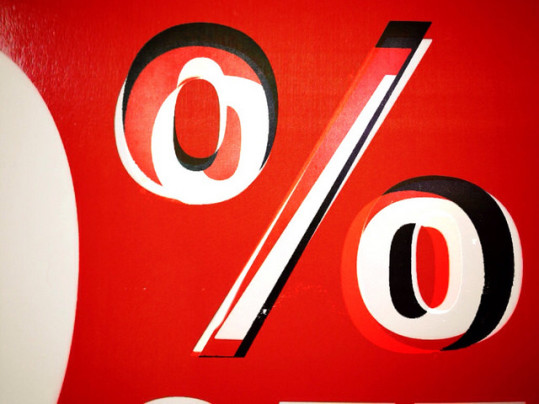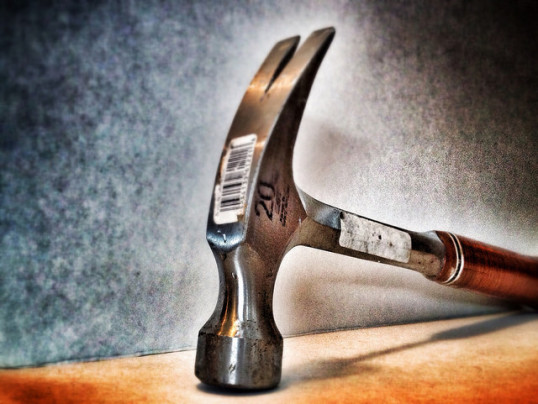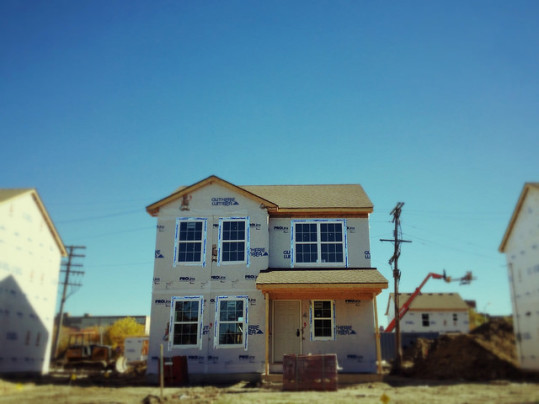According to Fannie Mae’s second quarter Mortgage Lender Sentiment Survey, mortgage professionals are feeling increasingly optimistic about the housing market and the number of prospective home buyers looking to buy this year. In fact, the share of lenders reporting increased mortgage purchase demand over the prior three months hit an all-time survey high and expectations for the next quarter are well above last year’s readings. Doug Duncan, Fannie Mae’s chief economist, said the results – combined with recent improvements in consumer attitudes – reinforces their optimistic housing forecast this year. “We expect a continued housing expansion in 2015 after an uneven and disappointing 2014,” Duncan said. In addition to increasing demand for loans to buy homes, lenders report that mortgage credit has been loosening so far this year, after tightening the year before. That’s good news for creditworthy Americans who are looking to purchase a home. Tighter lending standards put in place after the financial crisis and housing crash meant otherwise qualified buyers had a tougher time securing financing. Now, with credit more available, mortgage rates still historically low, and an improved job market, pent-up demand for housing has begun to materialize, leading to boosted home sales and rising optimism about the months ahead. More here.
Archive for June 2015
Survey Finds Mortgage Lenders Optimistic
Average Mortgage Rates Continue To Rise
Though still historically low, average mortgage rates have been on the rise in recent weeks. In fact, according to the Mortgage Bankers Association’s Weekly Applications Survey, last week saw rate increases across all loan categories, including 30-year fixed-rate mortgages with both conforming and jumbo loan balances, loans backed by the Federal Housing Administration, and 15-year fixed-rate loans. The latest increase caused a decline in demand for both refinance and purchase loan applications. Mike Fratantoni, MBA’s chief economist, said rising rates are creating volatility in weekly mortgage application activity, noting that refinance activity reached its lowest level since January. Still, despite the weekly ups-and-downs, the number of loan applications to buy homes is now 15 percent higher than it was one year ago. And, since purchase application demand is generally a good indicator of future home sales, the year-over-year improvement suggests that home buyers still see buying as a good deal and have increasing confidence in their personal financial situation due to a rebounding economy and labor market. The MBA’s weekly survey has been conducted since 1990 and covers 75 percent of all retail residential mortgage applications. More here.
Permits To Build New Homes Surge In May
The number of building permits authorized in May rose 11.8 percent from the month before, according to new estimates released by the U.S. Census Bureau and the Department of Housing and Urban Development. Permits are now 25.4 percent higher than they were last year at this time. The improvement suggests construction of new homes will continue to increase in the coming months – yet another encouraging sign that the housing market’s rebound is taking hold. New home construction is seen as a good indicator of both the economy and housing market’s health because it creates jobs and means demand is high among interested buyers. It also adds to the number of homes available for sale, which will help moderate price increases in markets where low inventory is leading to higher home prices. But despite the rising number of permits in May, housing starts – which measure how many new homes broke ground during the month – fell from April’s total. Still, industry analysts believe the decline will only be a temporary setback due to the significant increase in building permits seen in May. More here.
Builders Report Rising Interest In New Homes
The National Association of Home Builders Housing Market Index measures how confident builders are in the market for newly built single-family homes. The index scores their responses on a scale where any number above 50 indicates more builders view conditions as good than poor. In June, builder confidence jumped five points to 59, the highest reading since September 2014. Traditionally, builder confidence has been seen as a good gauge of the strength of the new home market because of builders’ unique perspective. Recent improvements are a good indication that there is rising foot traffic and more interested buyers looking to purchase a new home this year. “Builders are reporting more serious and committed buyers at their job sites and this is reflected in recent government data showing that new-home sales and single-family construction are gaining momentum,” NAHB chairman Tom Woods said. In fact, the components measuring current and future sales expectations were both up significantly from last month and are now at levels last seen in 2005. More here.
Gov’t Scorecard Gives High Marks To Housing
Each month, the U.S. Department of Housing and Urban Development and the Department of the Treasury collect key housing market data and the results of the administration’s recovery and foreclosure prevention efforts. The Housing Scorecard aims to provide a comprehensive view of the current market by tracking and compiling data on recent home sales, prices, mortgage modifications, and foreclosures. According to the most recent release, early indicators show the spring housing market is outperforming last year. For example, both new and existing home sales are now significantly higher than they were a year ago, with new home sales up 26.1 percent. Home prices, after falling dramatically during the housing crash, have now recovered much of their lost value. In fact, home values are currently just 2.6 percent below their previous peak in March 2007. Also in the report, the recent mortgage insurance premium reduction has led to a large increase in the number of first time home buyers using FHA financing. Overall, the data paints an encouraging picture of the current housing market. However, it also cautions that there is still a continuing need for recovery efforts to help foster home sales, help underwater homeowners, and reduce mortgage delinquency rates. More here.
Americans Say They’ll Buy Next Time They Move
The number of Americans who said they’d prefer to buy if they were going to move rose to 66 percent in May, according to the most recent results of Fannie Mae’s monthly National Housing Survey. The survey – which tracks consumers’ perceptions of the housing market, buying or renting, household finances, and more – found respondents’ attitudes about real estate are improving. “Things are looking up for housing,” Doug Duncan, Fannie Mae’s chief economist, said. “Those saying it is a good time to sell a house hit a survey high of 49 percent. Also, the percentage of consumers telling us their household income is significantly higher than 12 months ago grew six percentage points to 28 percent over the past two months. We have found that these two indicators – good time to sell and income growth – are key drivers for the performance of the housing market.” Despite a slower than expected first quarter of the year, the residential real estate market has been showing signs of a strong comeback through this spring and summer. Fannie Mae’s survey adds to a growing number of indicators that show an increasing level of optimism among Americans interested in buying or selling a home. More here.
Mortgage Loan Demand Spikes After Holiday
According to the Mortgage Bankers Association’s Weekly Applications Survey, the number of Americans applying for home purchase loans rose dramatically last week, gaining 10 percent from the week before. The increase means purchase activity is 15 percent higher than it was at the same time last year. “Mortgage application volume rebounded strongly in the week following the Memorial Day holiday, indicating that the holiday had a larger impact on business activity than originally assumed,” Mike Fratantoni, MBA’s chief economist, said. “Comparing volume over the past two weeks, purchase activity is up over 6 percent, while refinance activity is down 5 percent.” But though it has declined in recent weeks, the MBA’s Refinance Index increased 7 percent last week and remained relatively flat as a share of total mortgage activity. Also, average mortgage rates were up across all loan categories, including 30-year fixed-rate loans with both conforming and jumbo balances, loans backed by the Federal Housing Administration, and 15-year fixed-rate loans. The MBA’s weekly survey has been conducted since 1990 and covers 75 percent of all retail residential mortgage applications. More here.






